Tools were not always electronic, let alone automated. The emergence of power tools shaped the engineering field since its inception. They are handy, they are mostly automated, and they are easy to use. Their powered versions have now replaced almost all non-power tools. If you are not conversant with power tools, in Layman's terms, they are tools that do not require manual labor to function. They use external power sources like electricity from the socket or internal power sources like a battery. Usually, non-power tools are safer to use than their powered versions. This alone is a good enough reason for a lot of people to use non-power tools instead of powered ones.
But one of the most significant weaknesses of power tools is the fact that they need the power to operate. A very probable scenario would be when a natural calamity like a Hurricane hits the country, and there is no power in the grid. At times that this you will regret not having some non-power tools handy. Also, if you are in a budget but need some tools for everyday household works, non-power tools are significantly cheaper than power tools.
To make your life stress-free, we have done some extensive research and found ten non-power tools that will fulfill all your needs when there is no power, or you are on the road, and you travel light. It would be wise to keep these tools in your workshop or your toolbox. As the saying goes, it is better to be safe than sorry.
1. Cross-cut saw
Cross-cut saw is a basic need for every carpenter. Originally a cross-cut saw was made for cutting wood, but it can be used for cutting pipes as well. There are two types of cross-cut saws, one which requires a single person to operate and another requires two persons. The two-person crosscut saw can be used to saw through a tree trunk with ease, and the single person crosscut saw can be used to cut off branches with ease. All these can be done without a single drop of oil and the smoke and the smell. Also, the single person crosscut saw can be fitted with a handle on the other end to allow two persons to operate it.
Cross-cut saws are easier to maintain. Their maintenance consists of sharpening the teeth of the saw and occasional replacement of the handle. On the other hand, chainsaws need chain tensioning, chain replacement, and engine tuning. Also, cross-cut saws are far cheaper than chainsaws. Cross-cut saws are far safer than chainsaws. The chances of hurting someone or oneself with a cross-cut saw is very slim. It is easier to carry cross-cut saws in the back of your trunk while traveling in a car and can be used to remove fallen trees or branches off the road.
Cross-cut saws can be easily used to remove the tree that fell on the roof during the storm. Unlike when using a chainsaw, you can't drill a hole on the ceiling using a cross-cut saw.
2. Hacksaw
The hacksaw is the standard tool used for cutting pipes. It can also be used to saw through metals as well. This is must-have equipment for electricians and mechanics. Even firefighters use hacksaws in troublesome situations when a distressed person is stuck in a situation where they need to be cut out. This is a handy non-power tool that comes in handy in a lot of situation.
The blade in the hacksaw is quite brittle, so great care is required to make sure it is not fractured during use. To make up for this, the blade is very flexible so it can withstand a considerable amount of force. The blade has teeth that significantly increase cutting speed.
A smaller version of the hacksaw is called junior hacksaw. It can be easily stored in confined spaces like in a toolbox. However, the teeth in the blade of junior hacksaws are weaker, which decreases cutting speed as well as durability. Another variety is known as panel hacksaw, which has a metal sheet between the blade and the frame. This decreases the cutting speed but significantly boosts the durability of the hacksaw.
3. Standard Hand Saw
Also known as the panel saw, the standard hand saw is the essential tool in carpentry. This is usually used to cut pieces of wood into different shapes for joining together. In the past bronze were used to make hand saws. Now they are primarily made of steel. The high carbon steel makes it very strong, but it can easily get rusted if left lying around unmaintained.
The hand saw is also a useful household non-power tool. It can be used to saw off branches that have overgrown their boundaries and also remove fallen trees. It can be easily stored in the trunk of your car and can be used to remove obstacles blocking the road to your destination. It can also be used as a substitute for a chainsaw but will require higher muscle power to get the same amount of work done. Nevertheless, it is far safer than a chainsaw and is easier to maintain.
The cutting speed is directly proportional to the size of the teeth on the blade. However, it is easier to cut with if the teeth are smaller. So, cutting speed and the strength required to cut is inversely proportional. Keeping these factors in mind, you should get the hand saw that meets your need.
4. Large Hand Drill
Although non-powered hand drills are almost nonexistent nowadays, they are still in production and is sold in almost all hardware stores. A lot of people believe hand drills are only found in antique stores, but it is not true at all. Hand drills in antique stores are far more overpriced than at hardware stores.
Hand drills come in two versions; one is operated using a geared crank wheel and the other using a rotating grip in the middle. The geared crank wheel version usually is used in small hand drills but comes in large sizes as well. The crank wheel version will use your hand motion to operate while the rotating grip version can use a higher portion of your body weight. It is easier to drill using the crank wheel version, but the rotating grip version can be used to perforate harder surfaces. The price of the crank wheel is, of course, higher than the rotating grip one and the price gets even higher with larger versions. However, the geared crank wheel version can be used in cramped places as it uses less space to operate.
Whatever the case, it is always a good idea to have non-powered hand drills ready in case of power shortages. You never know when you need to drill a hole and whether crank wheel or rotating grip, hand drills will get your job done.
5. Small Hand Drill
Massive hand drills belong in workshops. For your everyday household needs, a small hand drill will suffice. Small hand drills can be easily stored in tool boxes and carried efficiently. Workshops require small hand drills as well as massive hand drills won’t be able to drill holes the size of a pencil’s nip. This is where small hand drills come in; they can drill holes that are a quarter of an inch in diameter. Also, small hand drills can be used in very tight spaces, so the next time you need to drill a hole between your bed and the bedside table, you know which tool to look for.
However, small hand drills can’t be used to generate much power, so it is easy to break the drill’s head by applying too much force. This is why people who are used to operating massive hand drills have a hard time with small hand drills. But using caution and with a bit of patience, this can be avoided. Nevertheless, it is necessary to have both a small hand drill and a massive hand drill at possession to cover all your needs.
6. Battery-free Battery Tester
A battery tester that uses a battery always amused me. Usually, people use a battery tester to check if a battery has any power left in it. Imagine having only one cell, and it would be impossible to test it if the tester itself requires a battery.
A battery-free battery tester may not give accurate reading about the power left in the battery compared to a powered battery tester. But as long as the needles move it can be used to see if there is juice left in batteries. Matter of fact, battery-free battery tester's primary use is to check if there is power left in batteries, not to measure the power left in them. There will hardly be a situation where you will be required to measure a battery’s power before using it accurately.
Batteries may be left in drawers for decades and still be usable. Nothing is more frustrating than using a battery that you doubt on. So, it is always a good idea to have non-powered battery testers ready at all times. However, before you go to buy a battery tester right away, always check if the tester can check batteries of all voltages before you make a purchase.
7. Battery-free Circuit Tester
The battery-free circuit tester may be the cheapest tool in this list. Again, this amuses me as well because why would you need the power to check for power. Imagine you need to check if the main line has power or not, but your circuit tester needs power from the main line to work. Sounds like a useless circuit tester, right? This is where battery free circuit testers come in. It will indicate if there is a current flow in a circuit without using any source of power itself.
A big drawback is that a battery-free circuit tester won't work until the voltages reach three digits. So, it won't work with car batteries or anything of that sorts. But hey you have a battery-free battery tester for that.
8. Hand-powered Grinding Wheel
There has been a debate whether moving the blade or moving the stone is easier while sharpening a knife. After using a hand powered grinding wheel, there will be no doubt in your mind that it is moving the stone while keeping the blade stationery is better. It uses a crank and a wheel to rotate a flint stone while you hold the knife against the stone. Although this might sound like an ancient device, it is still in production, and you will find it in your local hardware store. In times of power shortages this a very useful device that will ensure all your knives stay sharp.
There is a chance that a small piece of stone or a small part of the blade will come flying, so it is a good idea to use protective goggles while using a hand powered grinding wheel. Also, make sure there are no kids or pets around as well. Since the speed of the rotating wheel is fast, you may damage your knives by over-sharpening it. So, make sure to check frequently if the job is done. Other than that, using a hand-powered grinding wheel is a good exercise for your arms.
9. Hand-powered Air Pump
This is still a top-rated tool, and it needs no introduction; the hand powered air pump is still every cyclist's lifesaver. With the proper valve connectors, a hand powered air pump can be used to inflate anything that needs air to operate. Personally, as a soccer player, I find this tool very useful. I can inflate my soccer balls on the go, anytime and anywhere I want.
Even if I say a hand powered air pump can inflate anything, if you want to raise a car tire with this, you need a lot of patience and a lot of muscle power. However, no matter how long it takes, it will get the job done.
While a bicycle air pump delivers a higher pressure, the volume of air transferred is low. A raft air pump, on the other hand, transfers a much higher volume but in lower pressure. So, if you want to inflate any sorts of wheel, tubes or tires, a bicycle air pump will be your go to. On the other hand, if you are looking to inflate a mattress or a raft, of course, you want a raft air pump.
10. Scythe
There is a reason the scythe is the grim reaper’s weapon of choice. It is extremely handy and effortless to use. When your lawn mower is out of power or fuel, the scythe will be your weapon of choice as well. No matter how the commercial scythes have changed over the years, it is still valid at mowing down tall grass or removing weed from your garden. The build of a scythe even enables a farmer to harvest crops with great ease. Before the arrival of modern agricultural equipment, the scythe was the most useful tool farmers owned. It is still prevalent in many developing and least developed countries today. It is far cheaper than other agricultural equipment and also cheaper than a lawnmower.
A scythe is a tool with a long handlebar and a blade on one end which is attached at ninety degrees. It can be bought from almost any hardware stores, or you can even make one yourself. All you need is a stiff branch and an inclined blade; a straight blade will do as well.
Conclusion
It is always a good idea to have a plan B. A's stated before; power tools require power to run. So, in case of a power failure, all power tools are utterly useless. You should always stock on non-powered tools as well. Other than that, non-power tools are also usually smaller in size than their powered version, so they are easier to store and carry as well.
A toolbox can carry several non-power tools but only a few power tools. Not to mention, powered tools are significantly heavier than non-power tools. For their light body and smaller sizes, non-power tools can be used at the tightest of spots. To top all of these off, non-powered tools are also cheaper than power tools. Also, power tools have a usage cost, let it be the cost of electricity or battery replacement. Since non-powered tools require manual labor, they have no usage cost and also helps you have a bit of exercise while using them. While traveling, having a few light tools ready goes a long way. Mainly because you will have little to no electricity or power for your tools on the road.
RELATED: NON-POWERED HAND TOOLS HAZARD ALERT
In the end, both power tools and non-power tools have their advantages and disadvantages. It is a wise decision to have both at the ready at times of need.


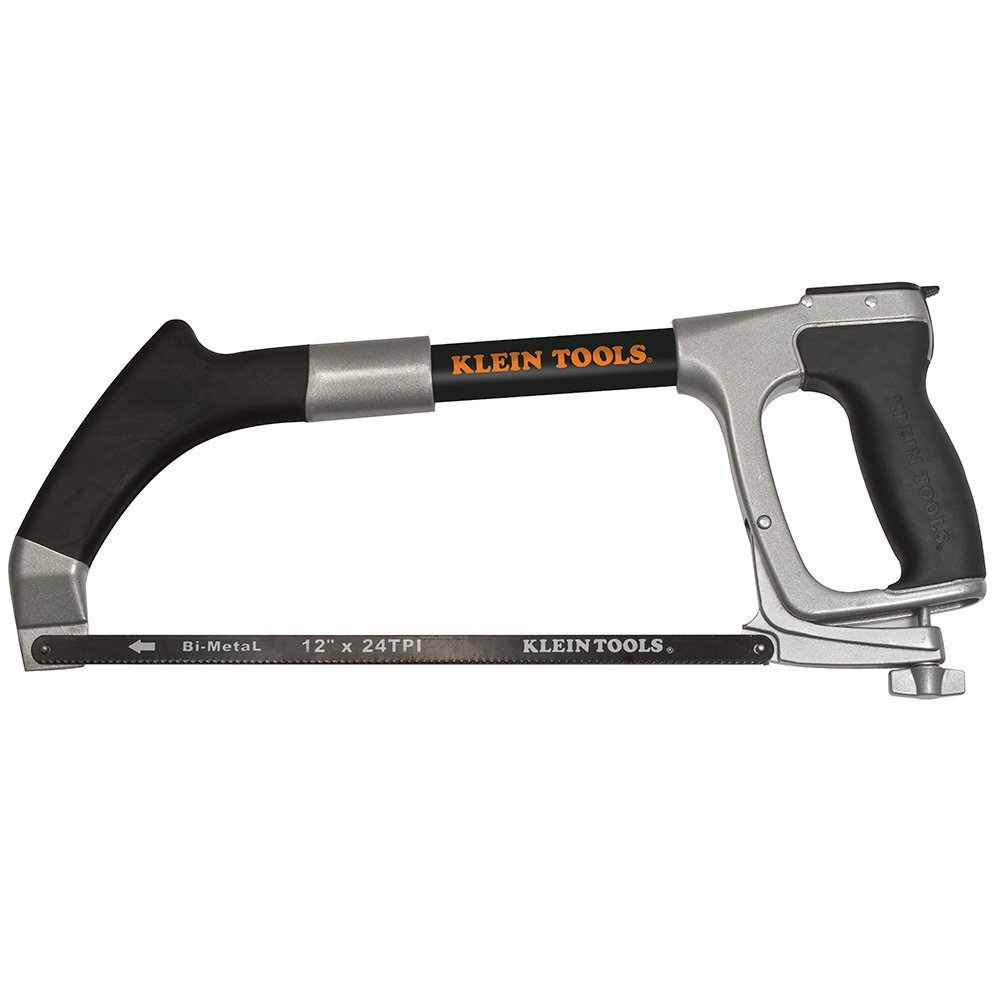

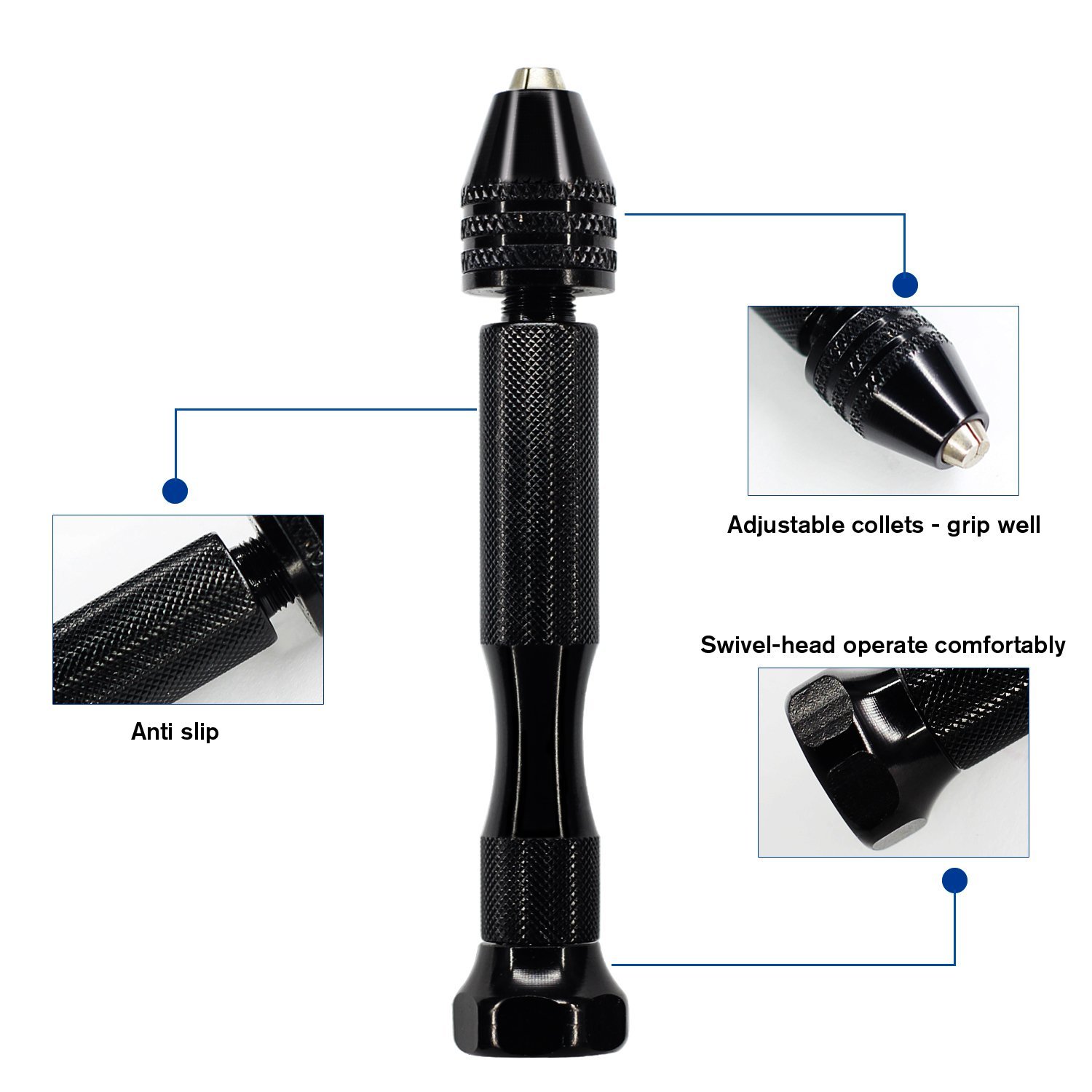
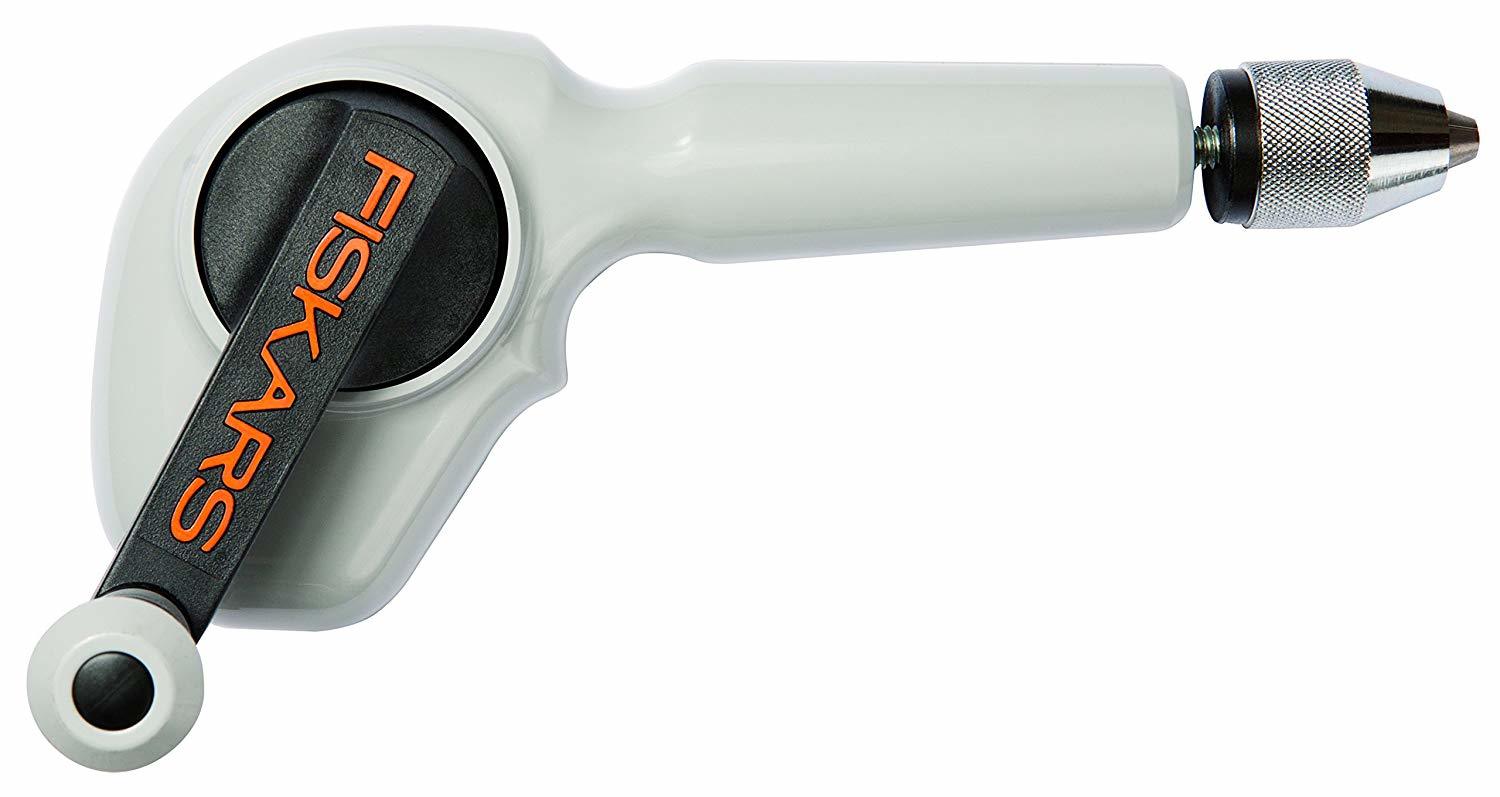
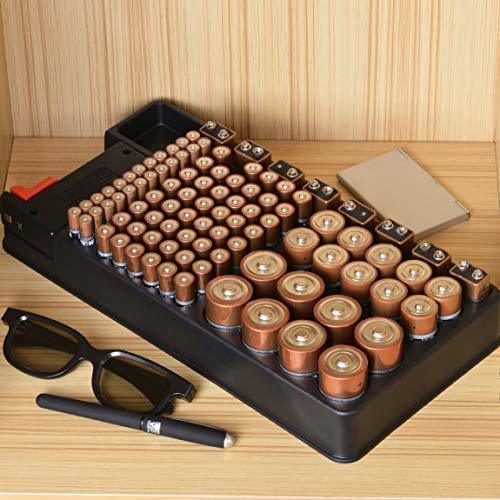

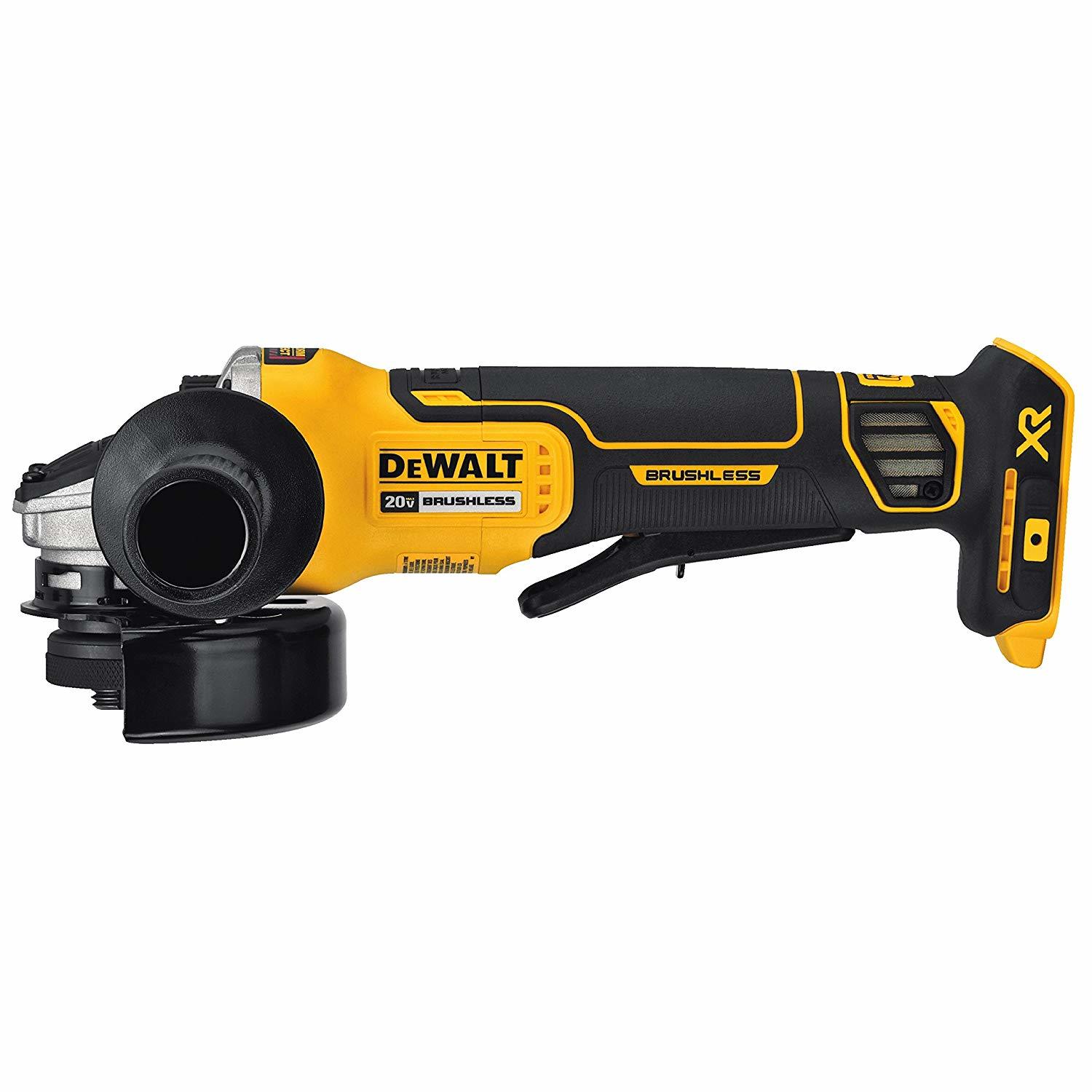

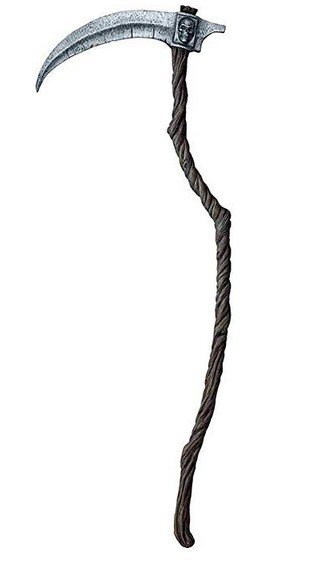
Leave a Reply